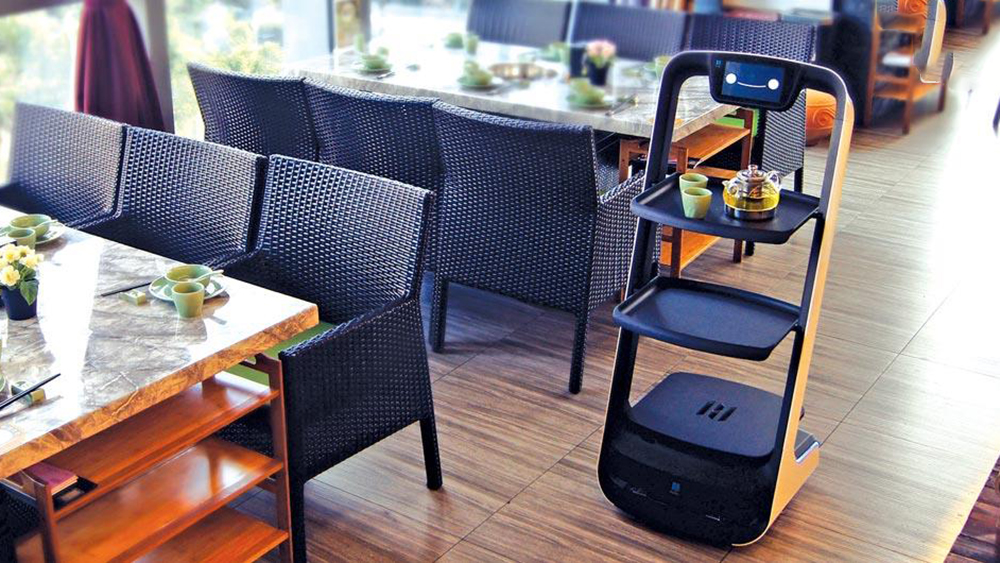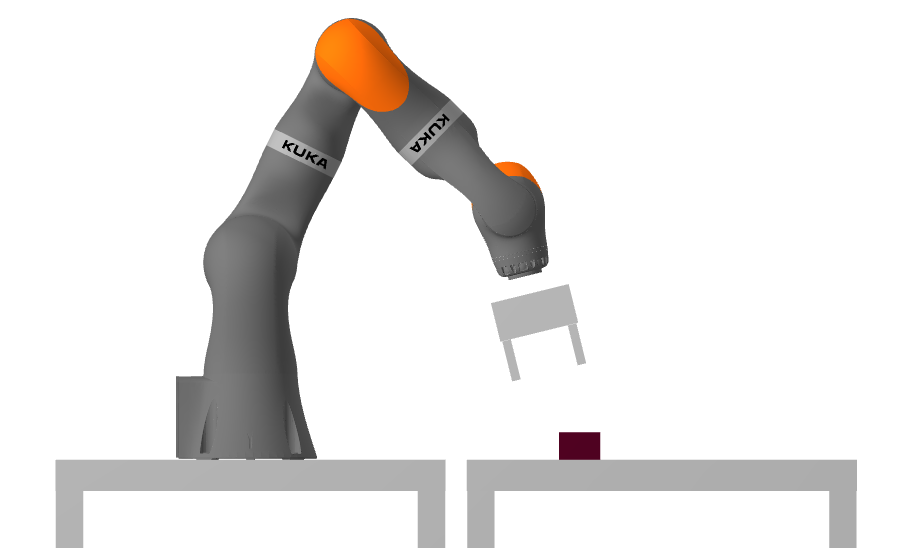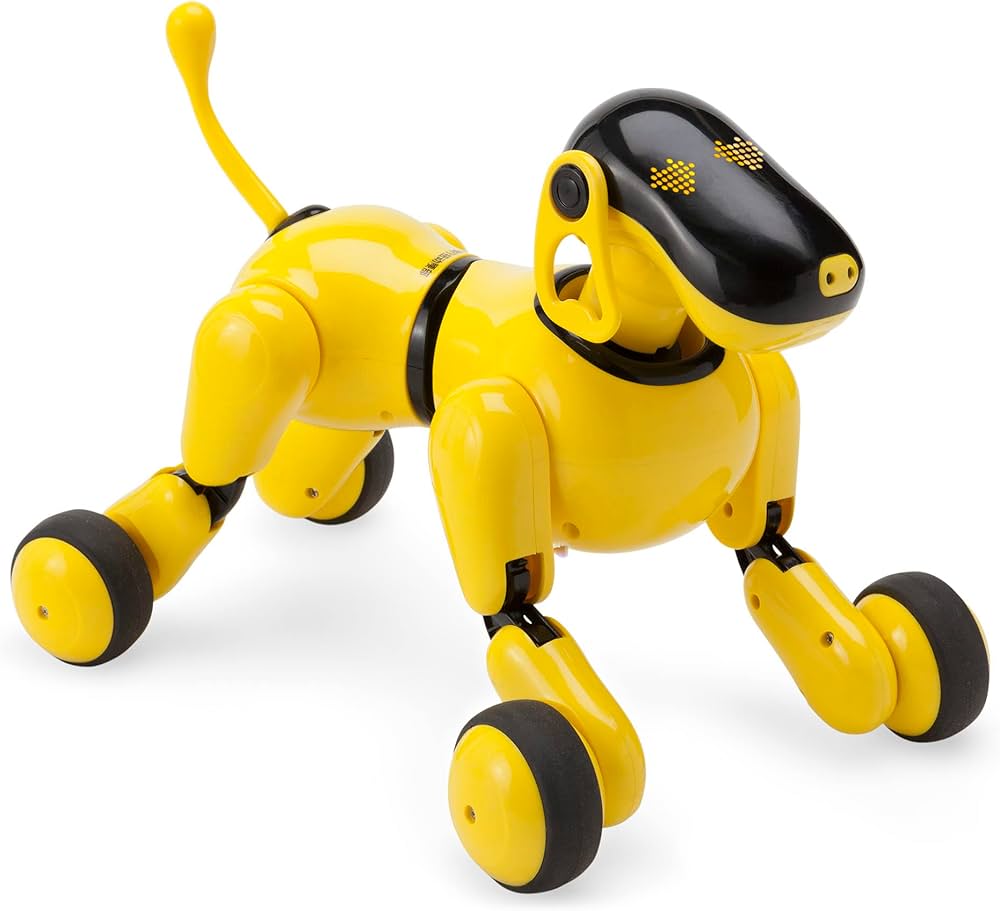How to deploy a restaurant robot for service automation?
In today’s rapidly evolving restaurant industry, the use of technology has become more prevalent than ever. One such technological advancement that has gained popularity in recent years is the use of robots for service automation. Restaurants are increasingly turning to robots to improve efficiency, reduce costs, and enhance the overall dining experience for their customers.
The benefits of deploying a restaurant robot
- Increased efficiency: Robots can perform tasks quickly and accurately, helping to streamline restaurant operations.
- Cost savings: While the initial investment in a restaurant robot may be high, the long-term cost savings can be significant.
- Improved customer experience: Robots can help reduce wait times, enhance order accuracy, and provide a novel dining experience for customers.
- Hygiene and safety: Robots can help reduce human contact with food and utensils, improving overall hygiene and safety standards in the restaurant.
Steps to deploy a restaurant robot
Deploying a restaurant robot for service automation requires careful planning and consideration. Here are some steps to help you effectively deploy a restaurant robot in your establishment:
- Evaluate your needs: Before deploying a restaurant robot, consider your specific needs and goals. Identify the tasks that the robot will be performing and how it will integrate with your existing operations.
- Research and choose the right robot: There are many different types of restaurant robots available, each with its own capabilities and features. Research various options to find the robot that best fits your requirements.
- Train your staff: It’s important to properly train your staff on how to operate and interact with the restaurant robot. This will help ensure a smooth integration of the robot into your daily operations.
- Develop a deployment plan: Create a detailed plan for deploying the restaurant robot, including timelines, testing protocols, and contingency plans in case of issues.
- Monitor and evaluate performance: Once the restaurant robot is deployed, continuously monitor its performance and gather feedback from customers and staff. Make adjustments as needed to optimize its operation.
Challenges of deploying a restaurant robot
While deploying a restaurant robot can offer numerous benefits, there are also challenges to consider. Some potential challenges include:
- High initial cost: The upfront cost of purchasing and implementing a restaurant robot can be prohibitive for some establishments.
- Technical issues: Robots are complex machines that require regular maintenance and updates to ensure smooth operation.
- Staff resistance: Some staff members may be hesitant to embrace new technology and may require additional training and support.
- Customer acceptance: Not all customers may be comfortable with the presence of robots in a restaurant setting, which could impact the overall dining experience.
Despite these challenges, deploying a restaurant robot can provide significant advantages for restaurant owners and operators. By carefully considering the benefits, challenges, and steps involved in deploying a restaurant robot, you can effectively leverage this technology to enhance your restaurant’s operations and provide a unique and innovative dining experience for your customers.
How to deploy a restaurant robot for service automation?
In today’s rapidly evolving restaurant industry, the use of technology has become more prevalent than ever. One such technological advancement that has gained popularity in recent years is the use of robots for service automation. Restaurants are increasingly turning to robots to improve efficiency, reduce costs, and enhance the overall dining experience for their customers.
The benefits of deploying a restaurant robot
- Increased efficiency: Robots can perform tasks quickly and accurately, helping to streamline restaurant operations.
- Cost savings: While the initial investment in a restaurant robot may be high, the long-term cost savings can be significant.
- Improved customer experience: Robots can help reduce wait times, enhance order accuracy, and provide a novel dining experience for customers.
- Hygiene and safety: Robots can help reduce human contact with food and utensils, improving overall hygiene and safety standards in the restaurant.
Steps to deploy a restaurant robot
Deploying a restaurant robot for service automation requires careful planning and consideration. Here are some steps to help you effectively deploy a restaurant robot in your establishment:
- Evaluate your needs: Before deploying a restaurant robot, consider your specific needs and goals. Identify the tasks that the robot will be performing and how it will integrate with your existing operations.
- Research and choose the right robot: There are many different types of restaurant robots available, each with its own capabilities and features. Research various options to find the robot that best fits your requirements.
- Train your staff: It’s important to properly train your staff on how to operate and interact with the restaurant robot. This will help ensure a smooth integration of the robot into your daily operations.
- Develop a deployment plan: Create a detailed plan for deploying the restaurant robot, including timelines, testing protocols, and contingency plans in case of issues.
- Monitor and evaluate performance: Once the restaurant robot is deployed, continuously monitor its performance and gather feedback from customers and staff. Make adjustments as needed to optimize its operation.
Challenges of deploying a restaurant robot
While deploying a restaurant robot can offer numerous benefits, there are also challenges to consider. Some potential challenges include:
- High initial cost: The upfront cost of purchasing and implementing a restaurant robot can be prohibitive for some establishments.
- Technical issues: Robots are complex machines that require regular maintenance and updates to ensure smooth operation.
- Staff resistance: Some staff members may be hesitant to embrace new technology and may require additional training and support.
- Customer acceptance: Not all customers may be comfortable with the presence of robots in a restaurant setting, which could impact the overall dining experience.
Despite these challenges, deploying a restaurant robot can provide significant advantages for restaurant owners and operators. By carefully considering the benefits, challenges, and steps involved in deploying a restaurant robot, you can effectively leverage this technology to enhance your restaurant’s operations and provide a unique and innovative dining experience for your customers.



